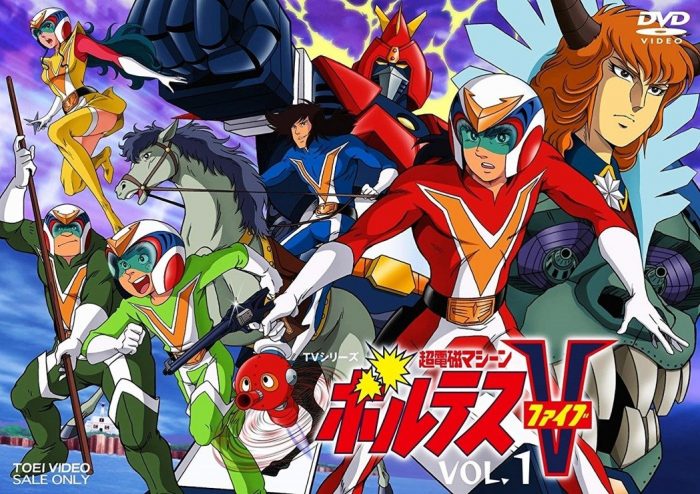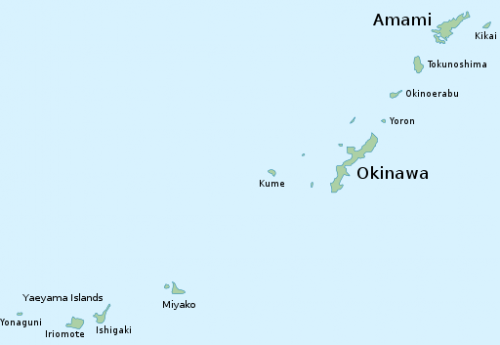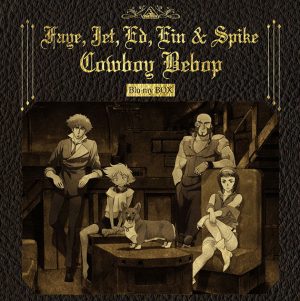
As you might expect given their relative geographic proximity, the Philippines and Japan have had a complicated relationship historically. Having influenced each other for centuries and more recently become closer allies, in part to help curb the aggressive rise of the People's Republic of China, the Philippines and Japan have also impacted each other’s popular culture which is our focus today, particularly Filipino representation and participation in Japanese media like anime and games. Let’s dive in!
A Brief History of Philippines-Japan Relations

Migration and trade between the Philippines and Japan have existed since prehistoric times particularly between Luzon (the largest and most populous island of the Philippines), Kyushu (the southernmost of the main islands that make up modern Japan), and the Ryukyu Islands (modern-day Okinawa). Several ethnic groups originally from the Philippines became assimilated into the Yamato Japanese culture by the Nara period and by the late Muromachi period, during which the Philippines were largely under Spanish colonial rule, there was fairly extensive Japanese settlement in the Philippines especially in the Dilao district of Manila.
With further official trade, particularly in gold and Filipino pottery called Rusun tsukuru (“made in Luzon”) that was prized for use in Japanese tea ceremonies and Japanese migration and assimilation into Filipino culture, including Japanese Christians fleeing persecution by Tokugawa shogunate in the Edo period, the countries continued to have a close relationship. This was strengthened further in the American colonial era where huge numbers of Japanese merchants and plantation workers settled in the Philippines, particularly in Davao and Baguio.
World War II is definitely the most contentious period of time for the two nations. Japan invaded the Philippines immediately after the attack on Pearl Harbor to block Allied forces and was responsible for the brutal treatment of civilians and the destruction of countless cities in the ensuing battles that caused an estimated 1 million Filipino deaths. After the war, the now independent Philippines normalized relations after Japan completed war reparations in 1956 and the two countries have largely been friendly ever since, with strong economic and cultural ties, although the scars of war atrocities remain.
Filipino Fandom and Participation

Japanese pop culture exports like anime, manga, and games have been and continue to be part of the makeup of Filipino subcultures with a substantial and unique fan community. One of the most interesting aspects of Fililpino fandom with regards to anime revolves around Voltes V, a classic late 70s team mecha series focused on themes of rebellion and revolution which was produced by legendary Gundam creator Tomino Yoshiyuki. During the authoritarian rule of the country by president Ferdinand Marcos, the series was banned by the government and become emblematic of the resistance as a protest icon and remains a facet of Fililpino pop culture to this day, inspiring parodies, multiple Filipino/Tagalog and English dubs, and even a major upcoming Filipino live-action remake called Voltes V: Legacy.
Filipinos have also been a part of the anime industry itself with dubbing companies and even huge amounts of some famous series like One Piece actually being made in the Philippines. Other prominent co-productions include the recent sports drama Barangay 143 which was created by ASI Animation Studios and Shin-Ei Animation/TV Asahi. Popular Filipina singer Beverly, who is based in Japan, has also been making waves in the anime world with her song "Again" being used as the first opening for the excellent 2019 remake of Fruits Basket. She also provided Fairy Tail: Final Series’ first ED "Endless Harmony" and has been involved in high profile Japanese games like PlatinumGames’ ASTRAL CHAIN. It seems that Filipino-Japanese cooperation in anime and other facets of popular culture is on the rise, perhaps mirroring the countries’ growing geopolitical ties.
Famous Filipino Characters in Japanese Media
Perhaps the most notable example of Filipino representation in popular Japanese media is Sucy Manbavaran from Little Witch Academia whose broom is inspired by traditional walis tambo brooms and whose name comes from witches called mambabarang who appear in Fililpino folklore.
Japanese fighting games have also had some great characters like SoulCalibur’s graceful wind priestess Talim and Tekken 7’s new character Josie Rizal who's fighting style draws from Arnis (aka Kali or Eskrima), the national martial art of the Philippines. Some Japanese creators clearly must have some fascination with Fililpino fighters with some other examples being boxers like Randy Boy Junior and Antonio Guevara appearing in Hajime no Ippo. There’s also child prodigy Shirley, a native of Alimango Island, in Fate/Zero.
Final Thoughts
All-in-all, the Philippines and Japan have a continuing legacy as countries connected by trade and culture. Although the ravages of war have left their mark, in recent years, the two nations seem to be coming together more than ever while still maintaining their own societal values as reflected in popular culture. We’ll close today with a special shout out to the Fililpino community and creators, thanks for being part of all things awesome with us at Honey’s Anime! Let us know your own thoughts in the comments below and stick around for more. Until next time, paalam na sa ngayon~!


